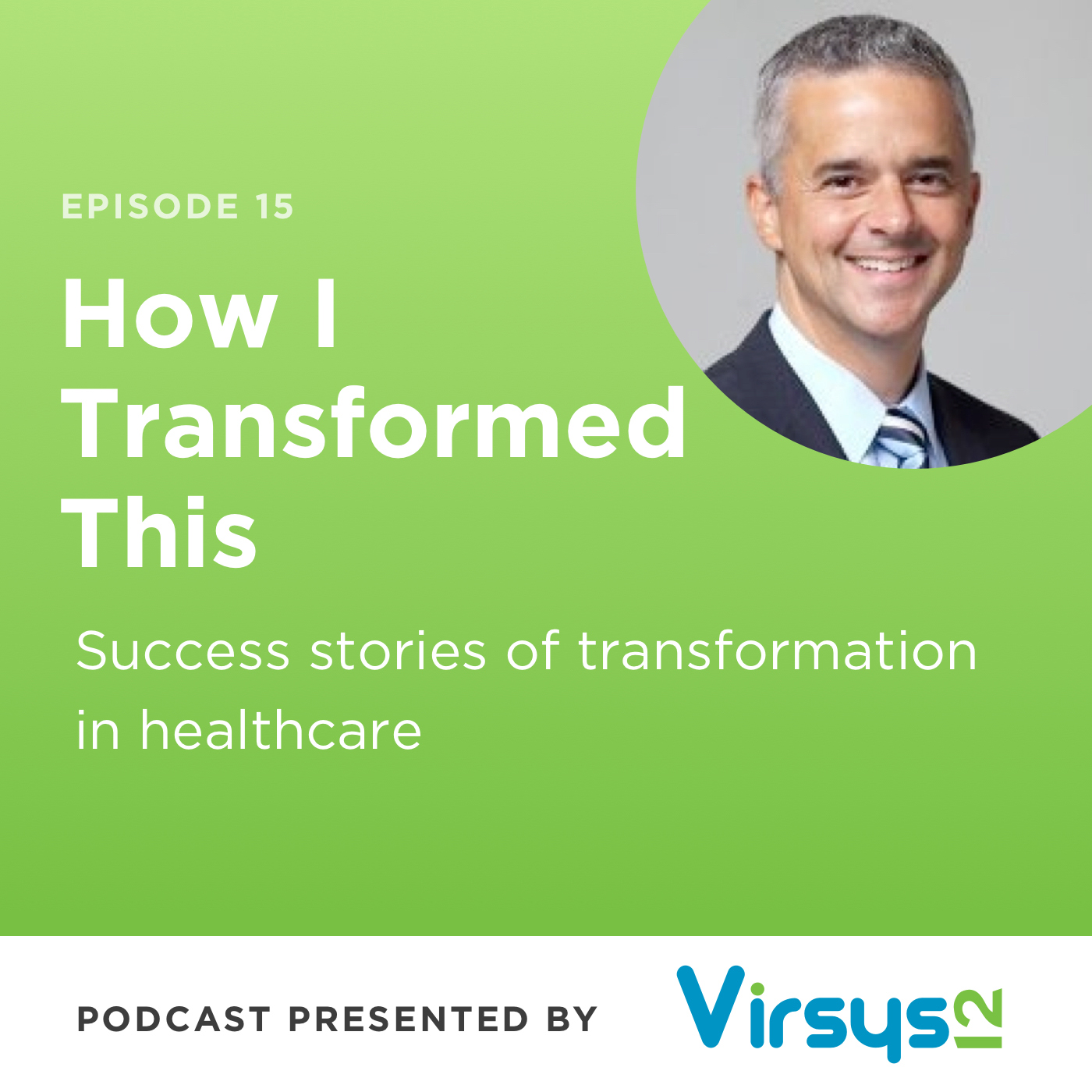Using Virtual Reality to Improve Patient Care
Aaron Gani, has learned one major lesson in his years of working in the tech industry: “While change is constant, the rate of change is not.”
As founder and CEO of BehaVR — a company that uses virtual reality to help treat health concerns like chronic pain, chronic stress and addiction — Gani recognizes that technology has an increasingly important role to play in healthcare, especially now that COVID-19 is changing the way patients and providers interact.
In this episode of How I Transformed This, Virsys12 founder and CEO Tammy Hawes and her co-host Clark Buckner talk with Gani about his company’s behavioral health innovations, along with the long-term changes he expects to see as a result of COVID-19.
Building Stress Resilience and Disarming Triggers with Virtual Reality
At BehaVR, Gani and his team have recognized that VR has a unique ability to treat patients on a psychological level, thanks to the immersive experience it creates.
They’ve harnessed that power in a variety of digital intervention programs that treat chronic pain, chronic stress and addiction recovery, and they’re developing new programs for issues like anxiety, depression and PTSD.
In the U.S., 1 in 5 individuals deal with a diagnosable behavioral health challenge in any given year, but only about 40% of those who are diagnosed receive care. This has major impacts on productivity, pain and overall well-being. As a result, people dealing with both chronic disease and an unmanaged behavioral health condition become the most challenged and the most expensive patients in the healthcare system, Gani said.
In this landscape, there simply aren’t enough behavioral health professionals to help everyone, so digital solutions are vital.
BehaVR programs walk a patient through engineered experiences while teaching them to stay calm, detect and manage their triggers, and ultimately build stress resilience and non-reactivity.
“We’re helping people with the connection between how they experience things that challenge them — things that are stressful or traumatic — how they deal with that, and how it affects them physiologically,” he explained. “That’s what VR is best at, is experiences we can’t live in any other way.”
Providing Alternative Treatment Pathways
BehaVR’s most popular offering is a neuroscience education program for people who experience chronic pain or are at risk for developing it. It uses 3D models and animations to educate patients about their pain, and then teaches them skills of nonreactivity, mindfulness and pain modulation.
So far, the program has been used at 150 sites around the U.S. serving 3,000 patients, and the first randomized control trial showed that more than 70% of patients improved after just three sessions with the program.
Gani believes this program is an effective alternative to surgery for many patients, providing better and safer outcomes.
“There are good surgical candidates. There are also, unfortunately, too many people who get surgery, and it either doesn’t help them or it may even make them worse,” he said.
This alternative system benefits payers too, because it reduces costs associated with imaging, injections, opioids and surgeries.
“This is one of those examples where everybody wins in the system. What we see happening is more people get the right care for them,” Gani said. “There are people who can benefit from surgery, let’s get them on a faster path there, but let’s use the rest of the system more efficiently.”
Embracing Consumer-Centric Healthcare Models
BehaVR’s services have already been making a difference for patients, but Gani believes the company’s work will be even more important in the wake of COVID-19.
“It’s only going to be more in demand. We’d better get ready, because there’s going to be a huge wave of additional anxiety and stress going on in our society,” he said.
Additionally, Gani expects the pandemic will force the industry to transform even faster, as the old brick and mortar systems aren’t working anymore for many people.
But this could be an extremely positive thing for the industry, which for too long has avoided a patient-centric model, he said.
“So much of our lives have transformed already digitally, whether it’s ride hailing or food delivery service or gig economy stuff, you name it. Healthcare has been stubbornly resistant to change, and the patient is expected to adapt to how the healthcare system works. That has flipped,” he said.
“This transformation was a long time coming, it would’ve been nice if it wasn’t through such a crisis, but we’ve got to make the most of it in the most positive way possible, and rethink elements of our system that are broken.”
Subscribe to How I Transformed This wherever you get your podcasts, and be sure to sign up for our quarterly email newsletter to stay up to date on Virsys12’s latest transformational work.



